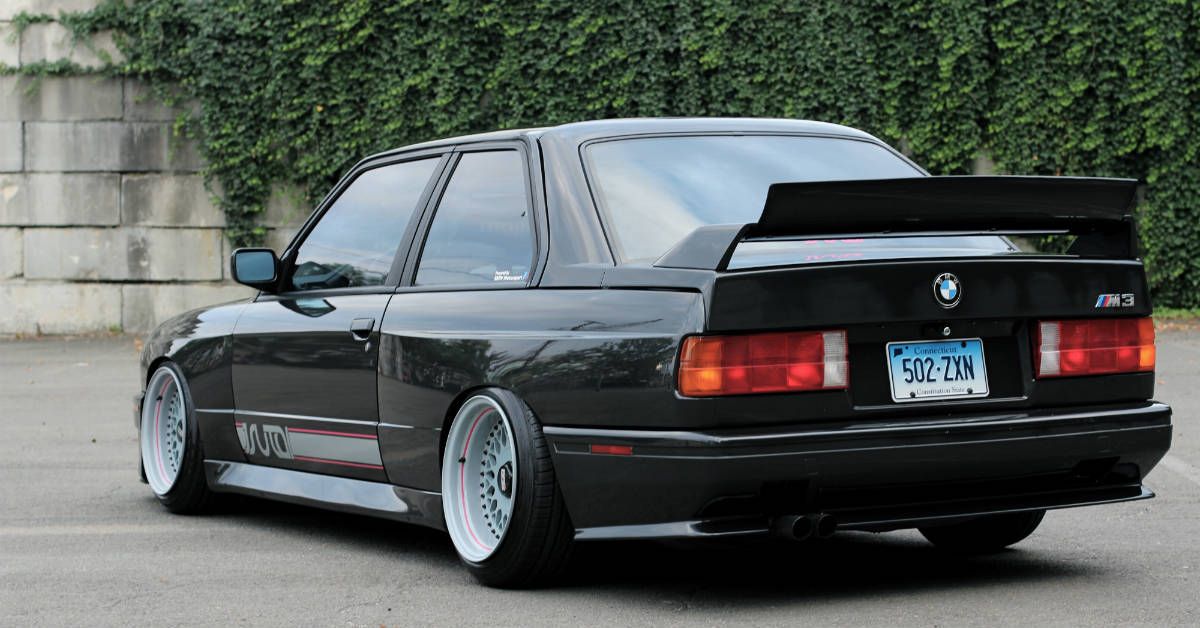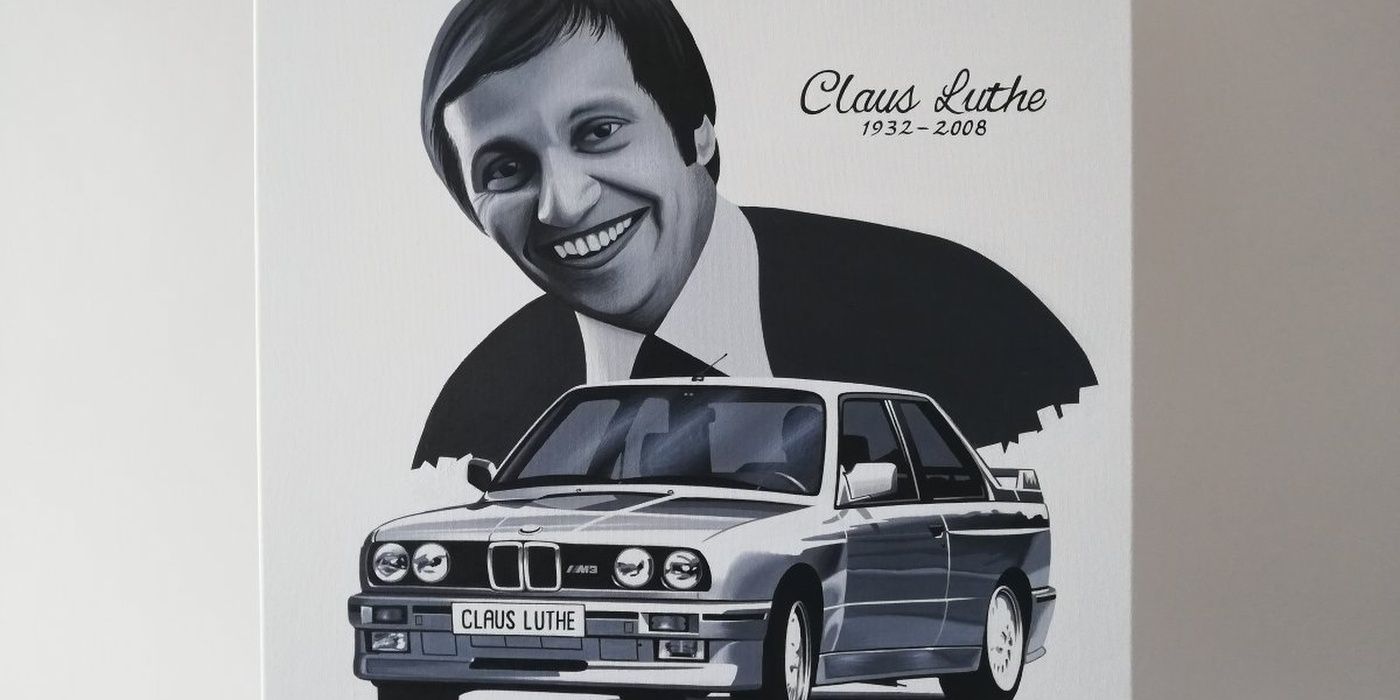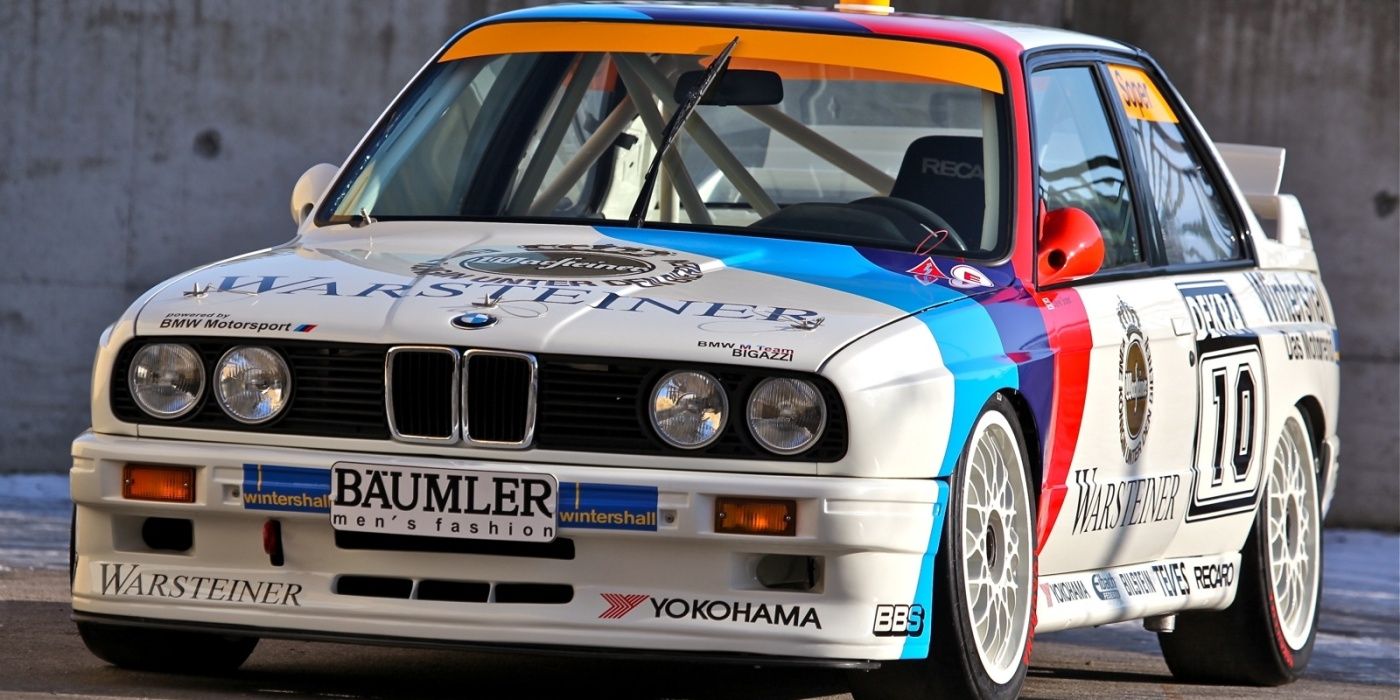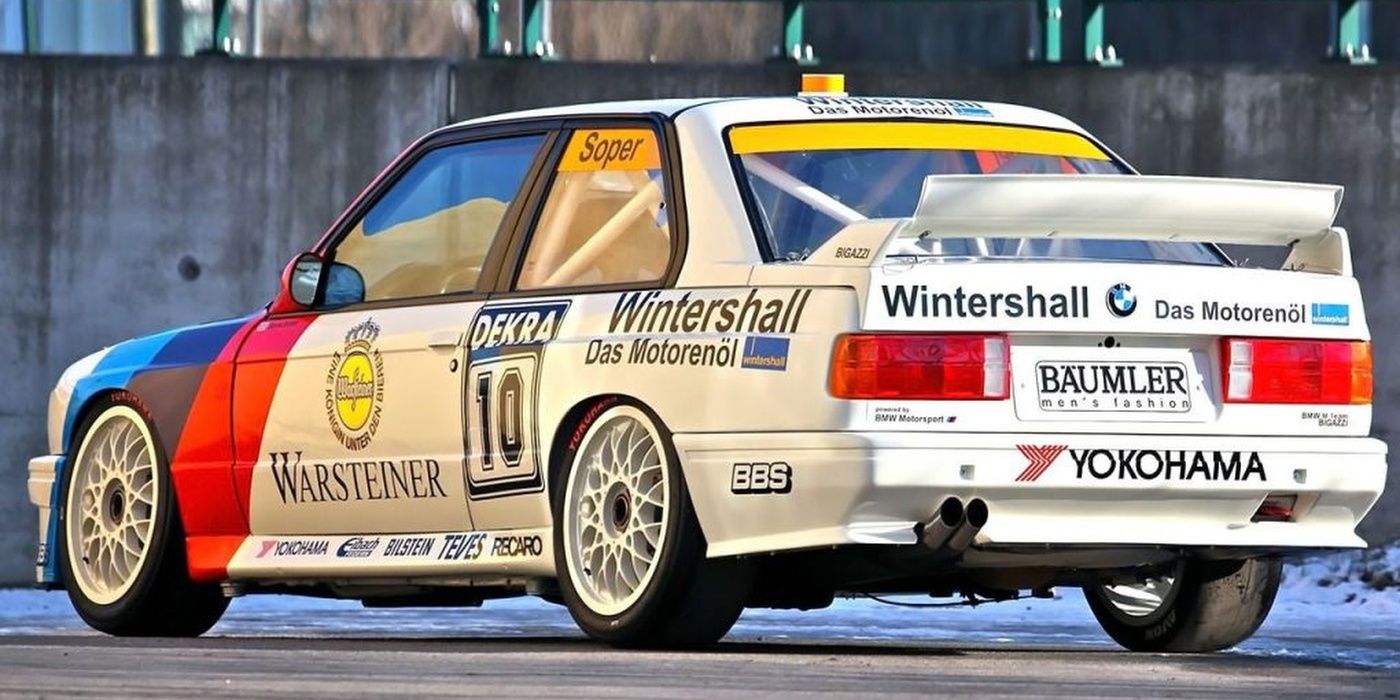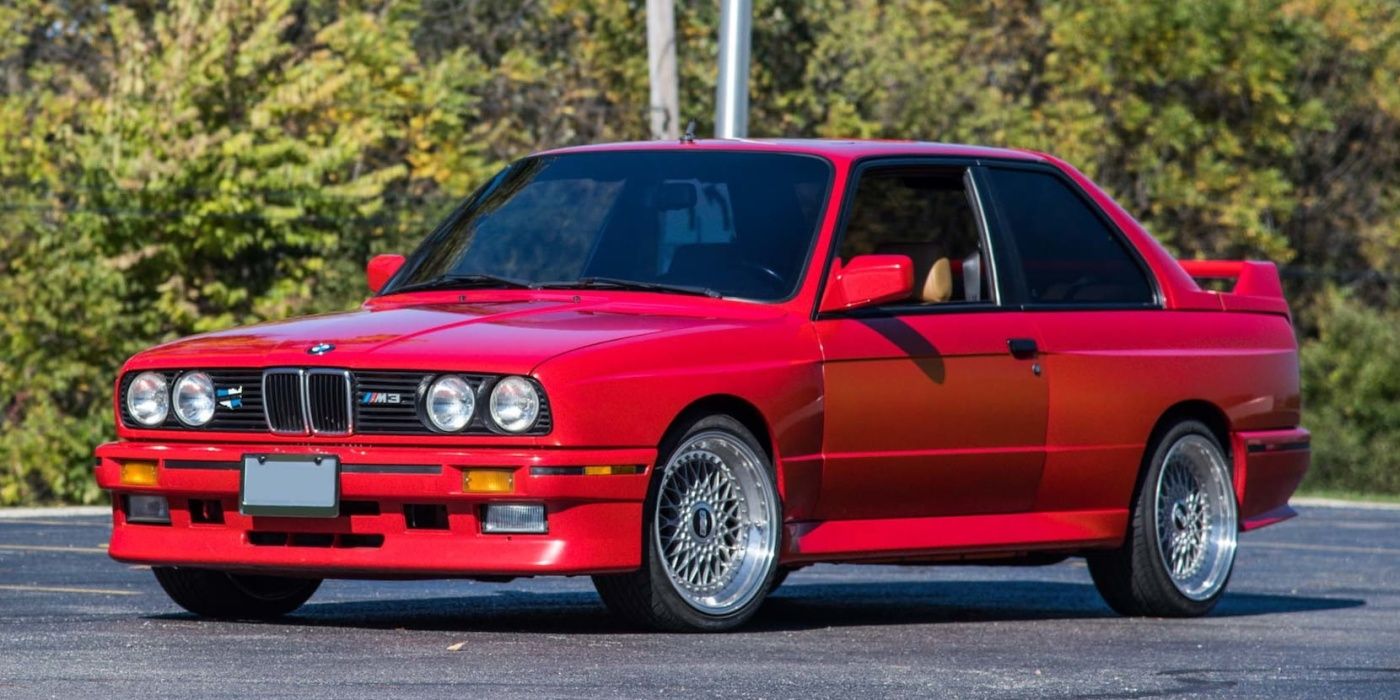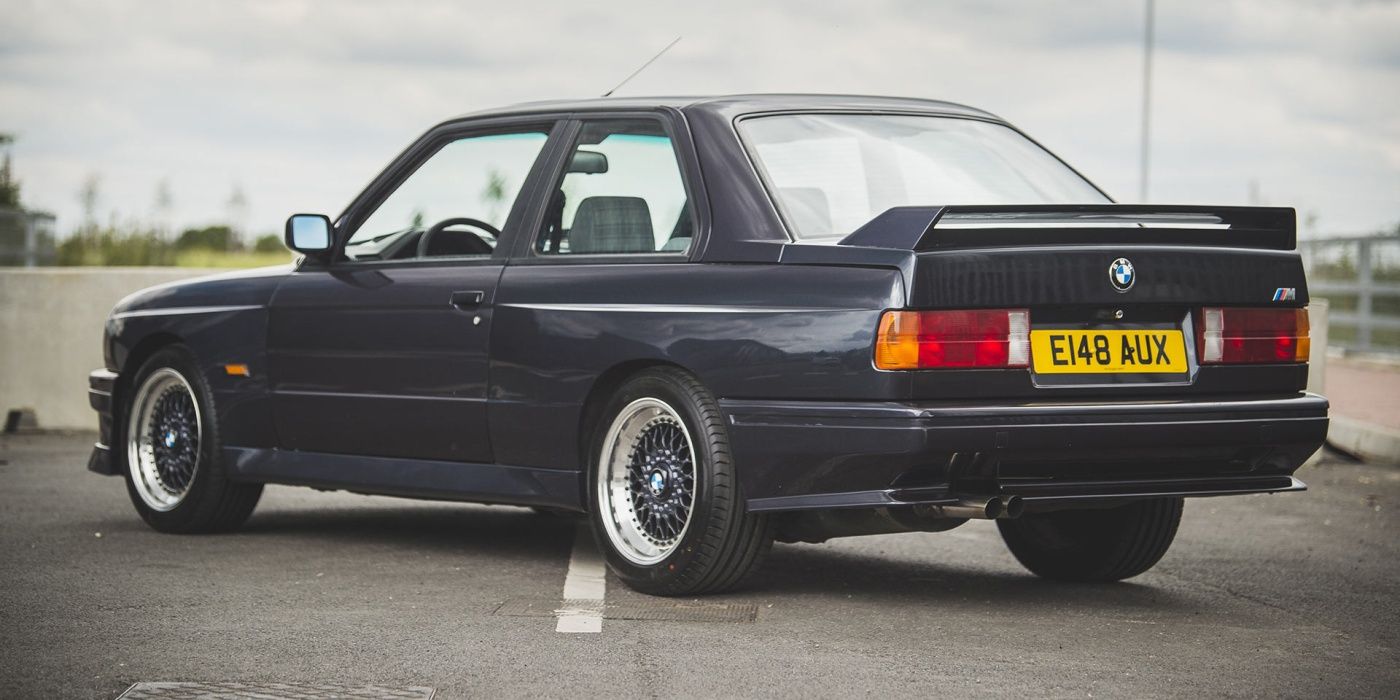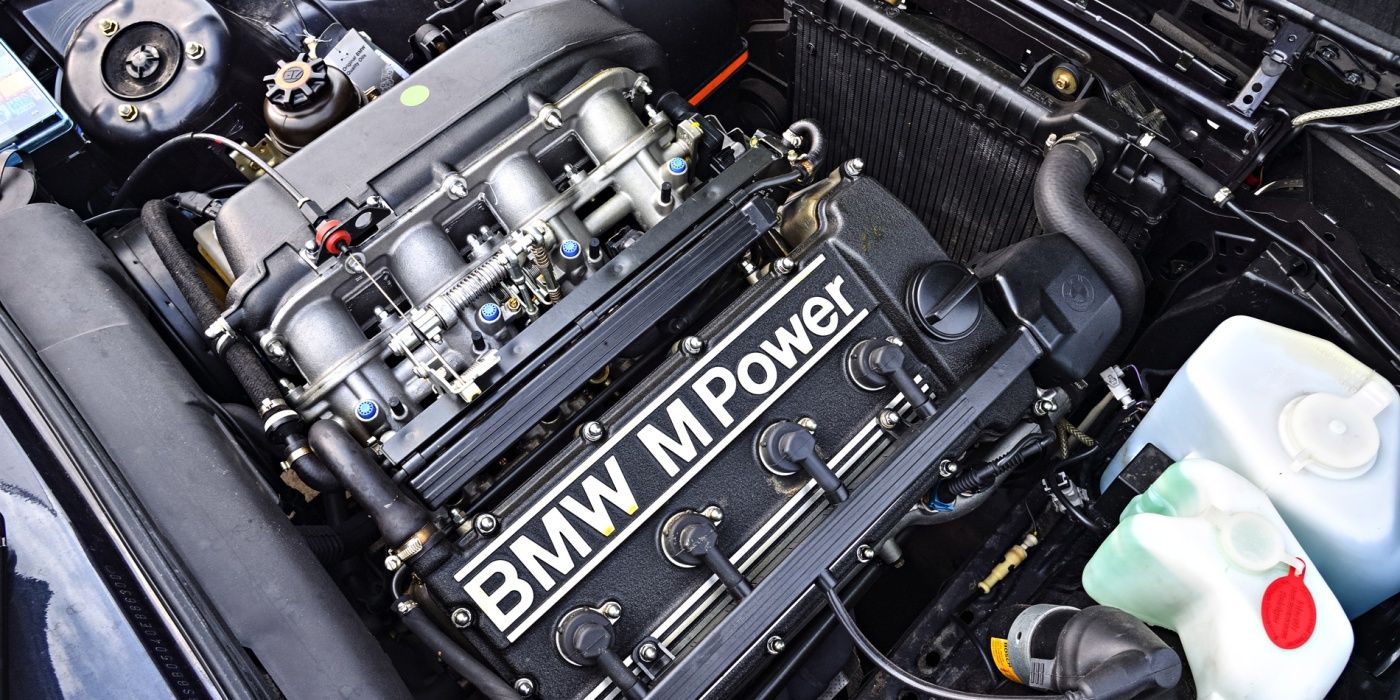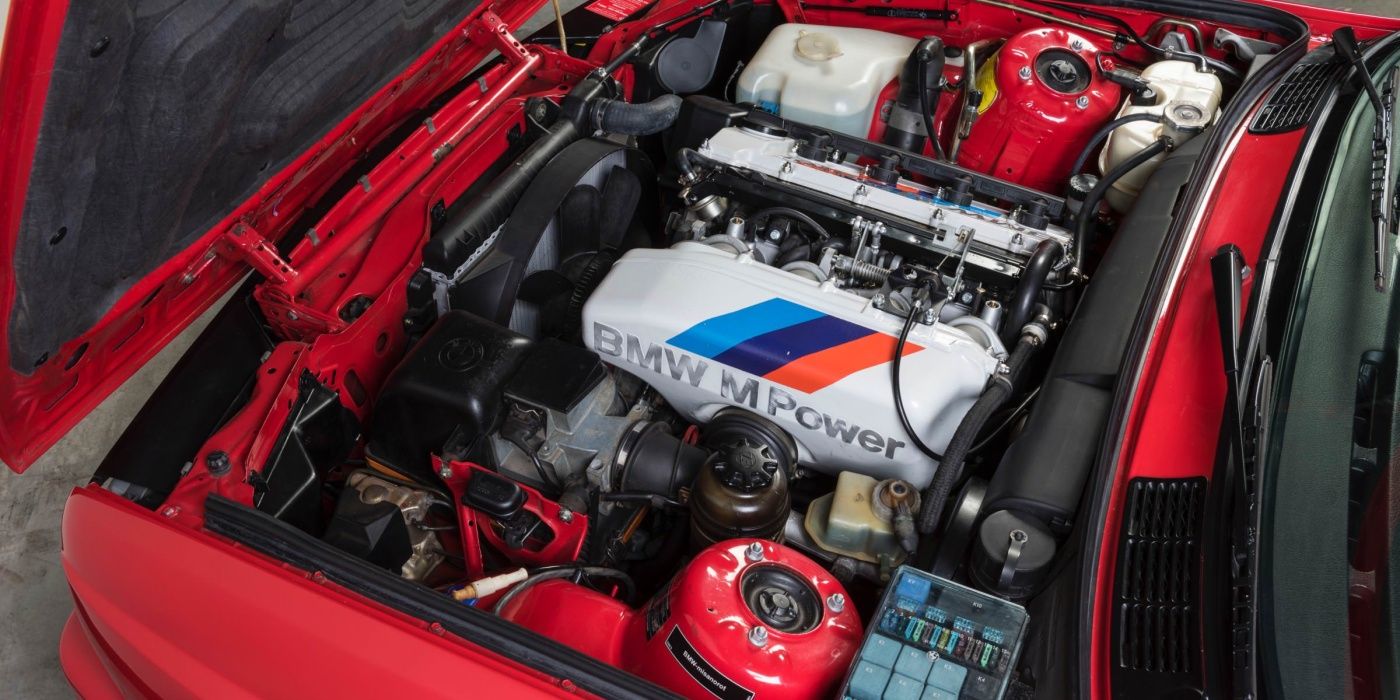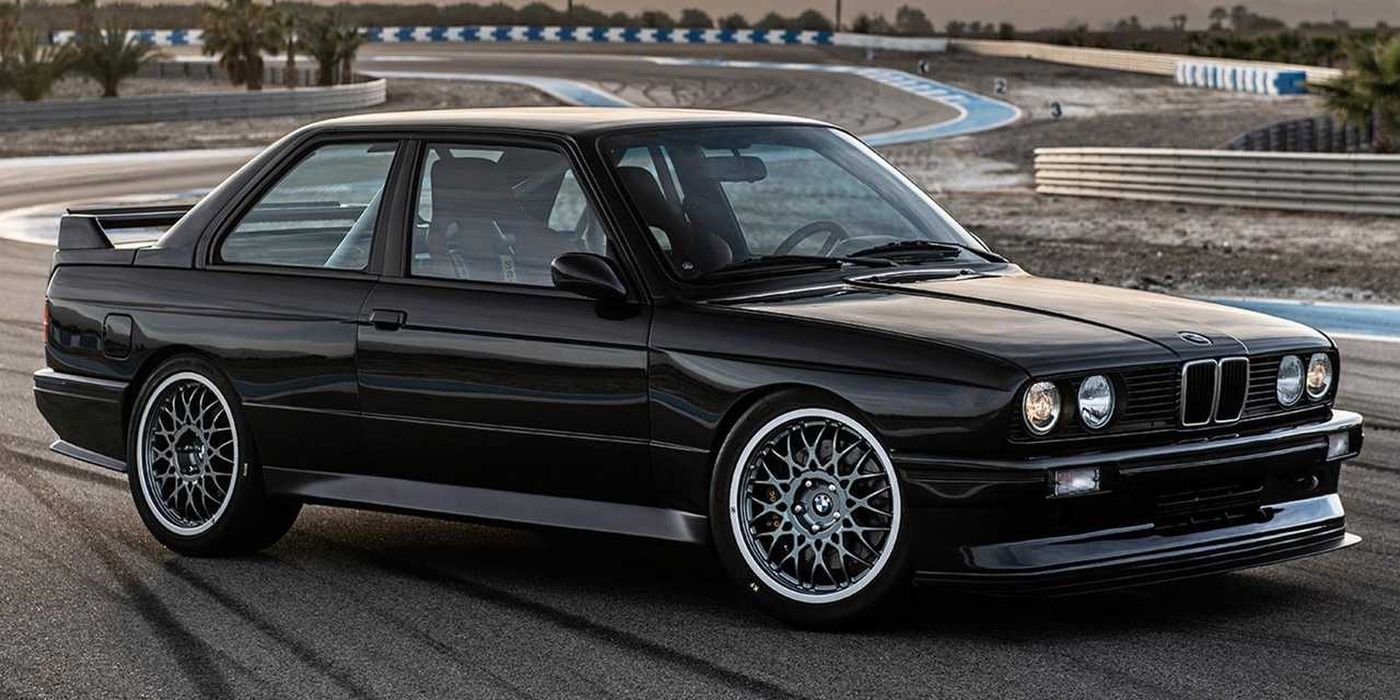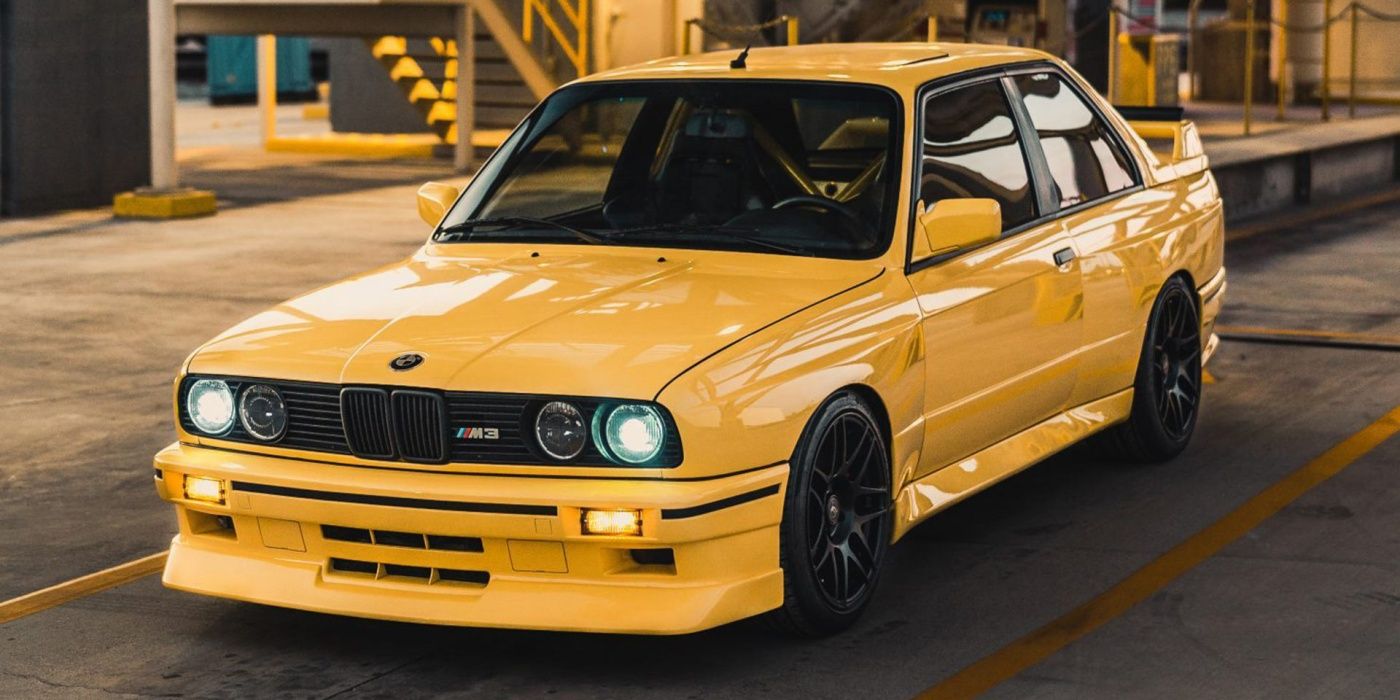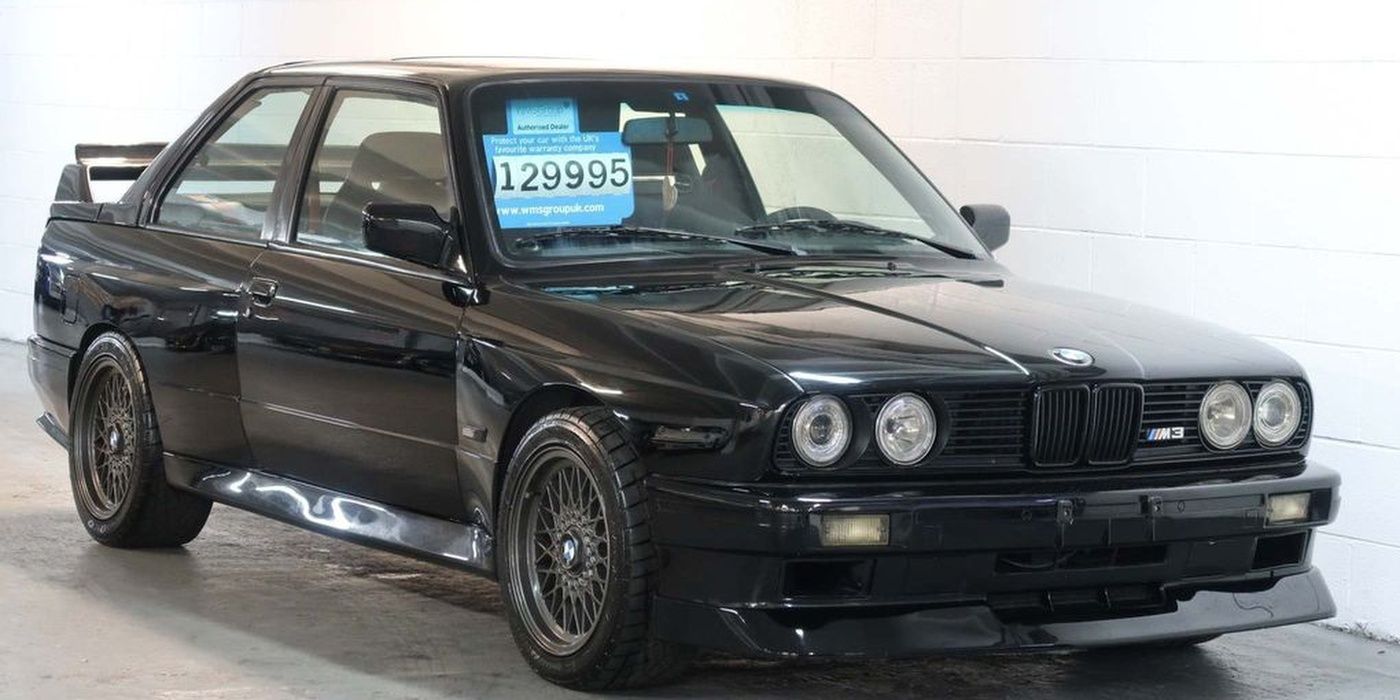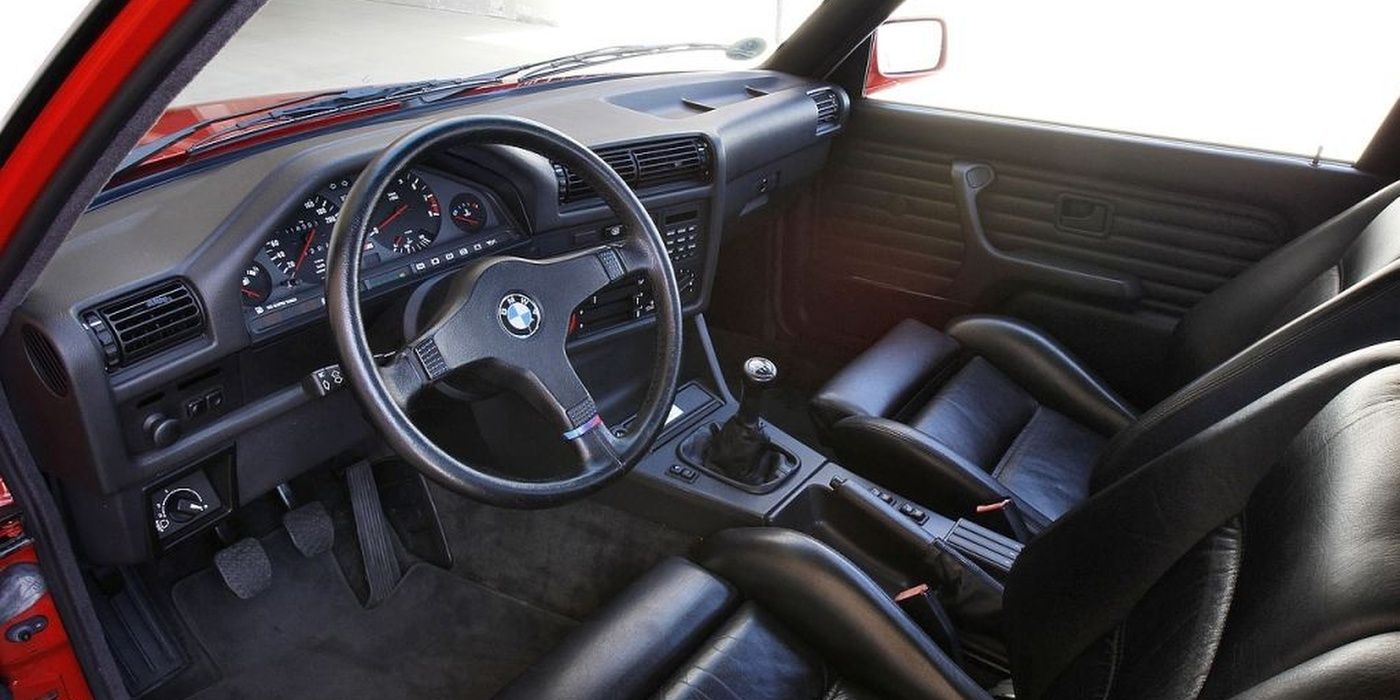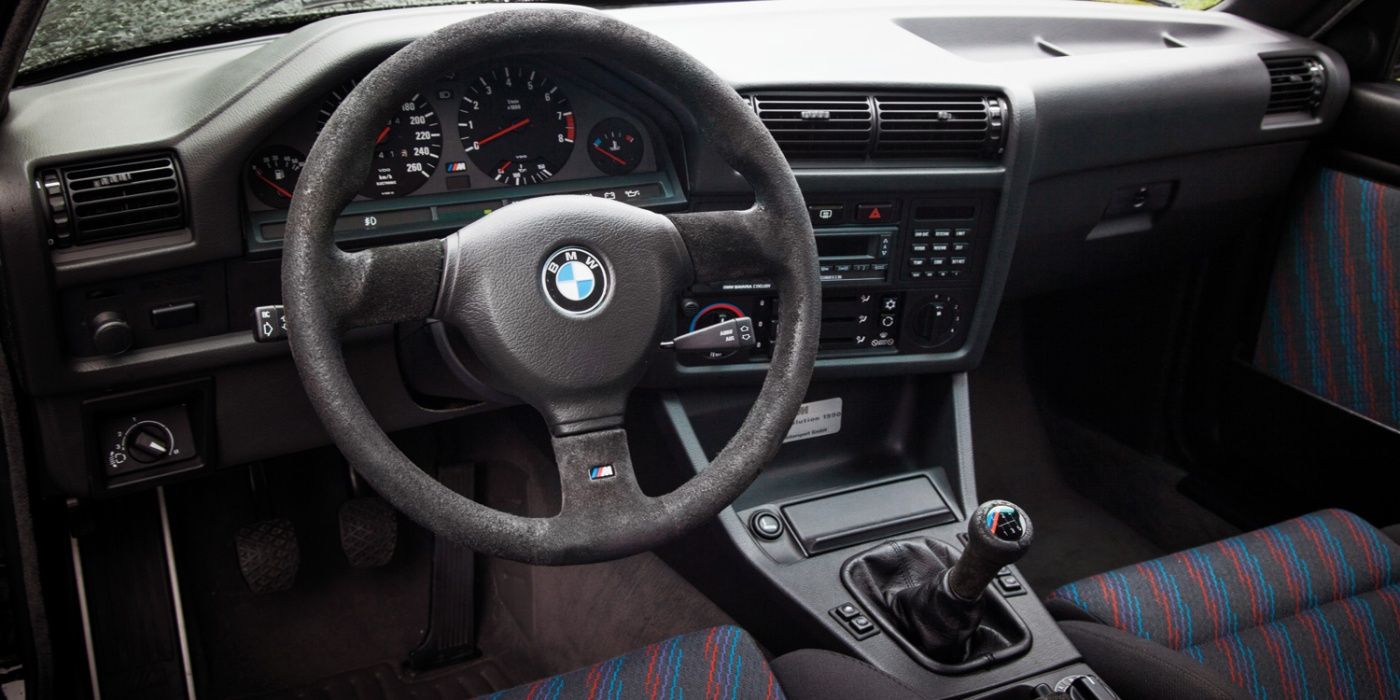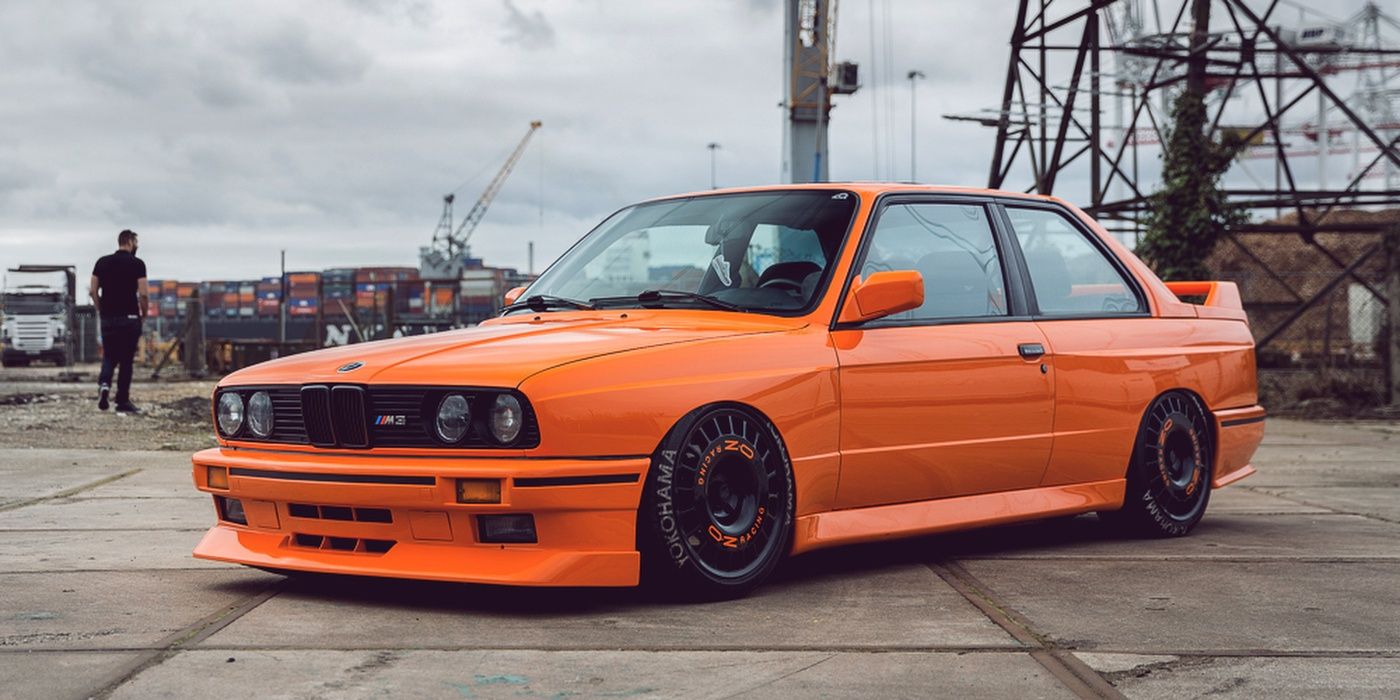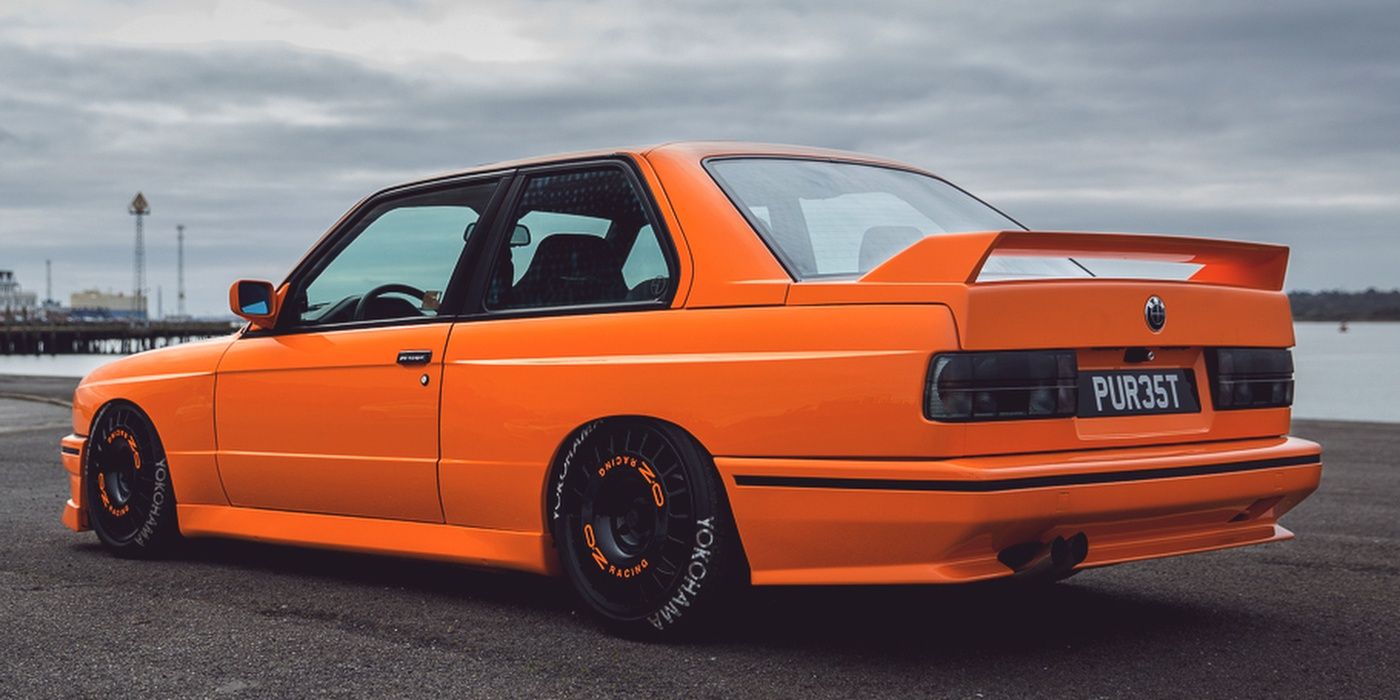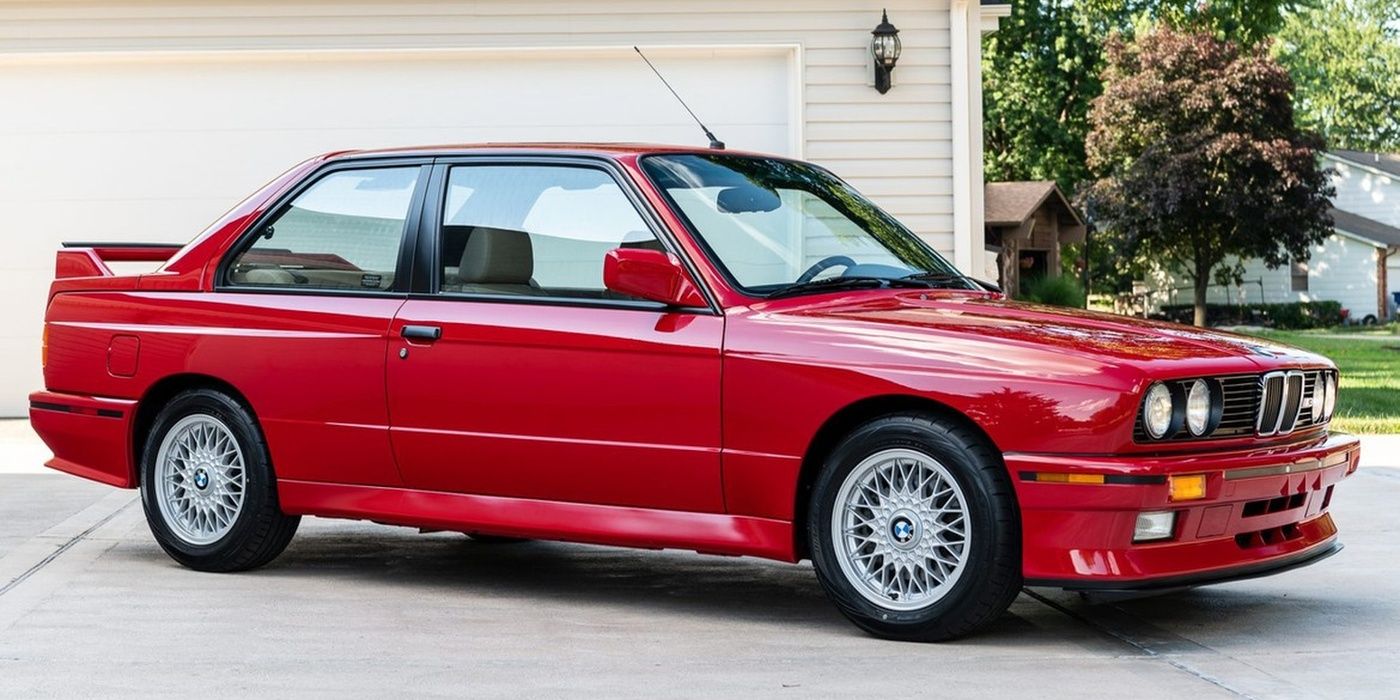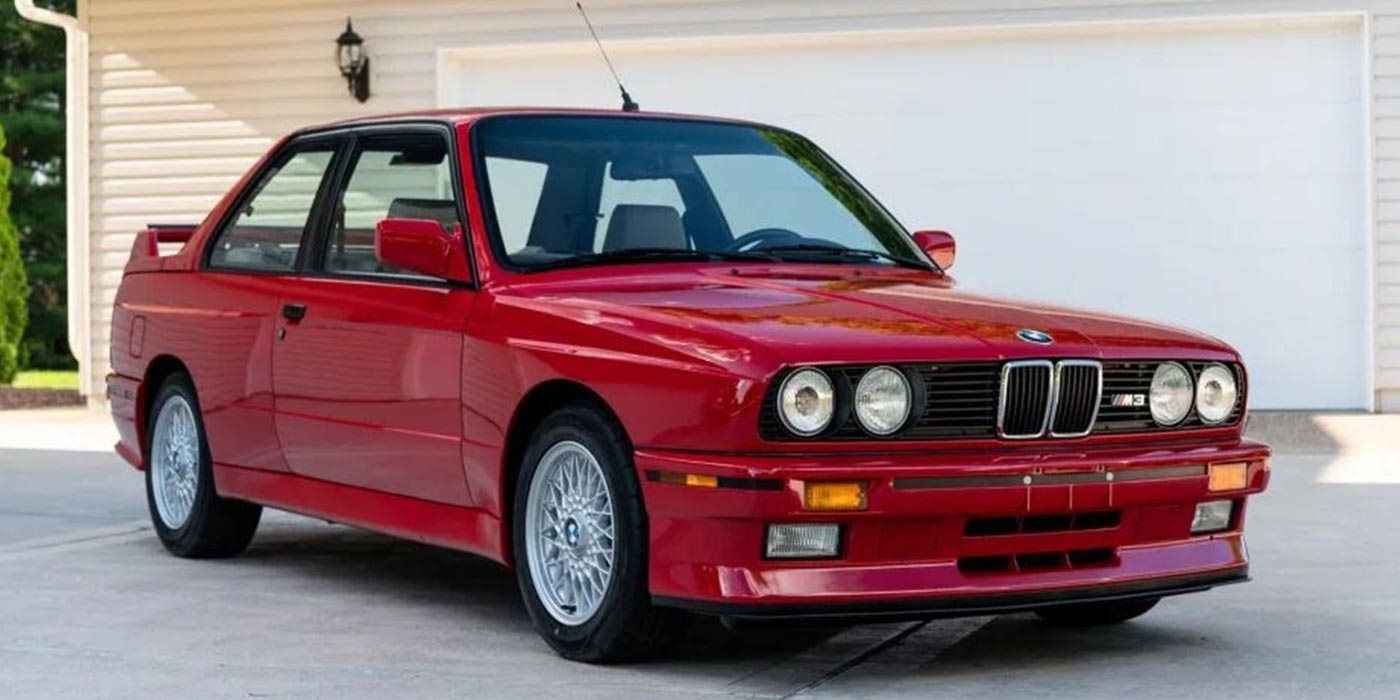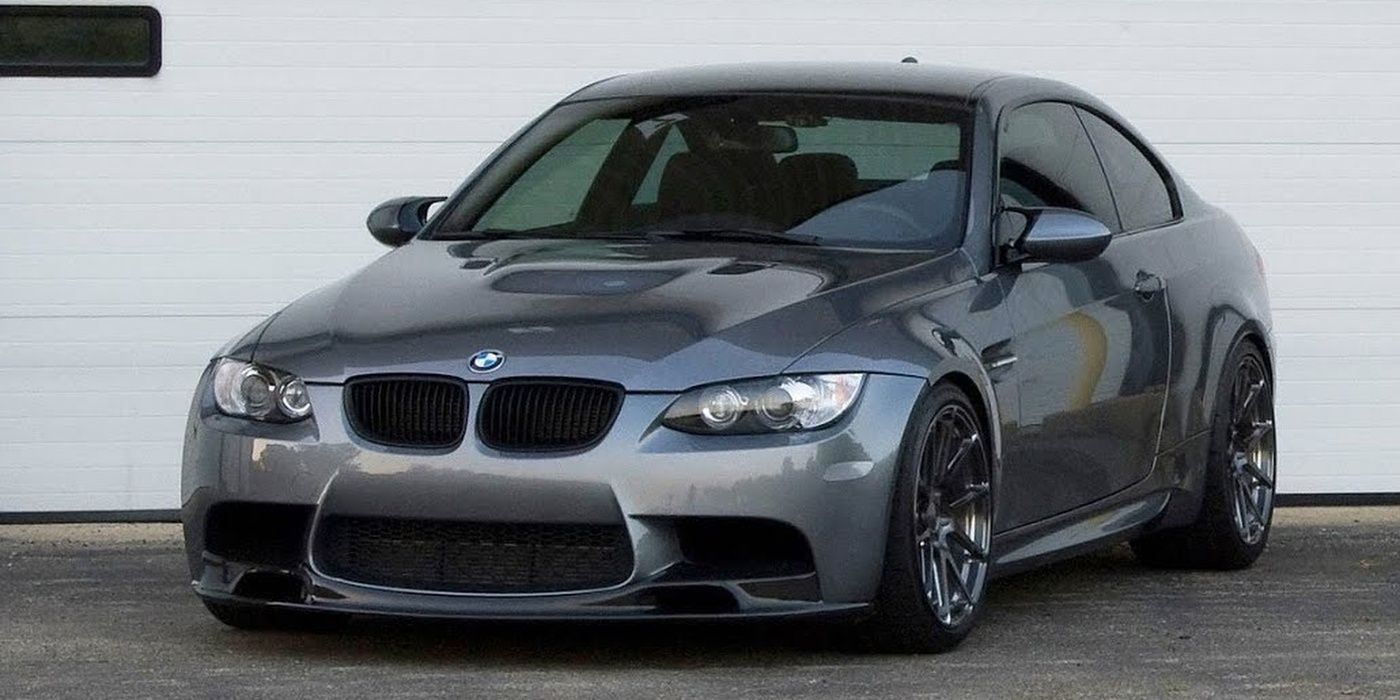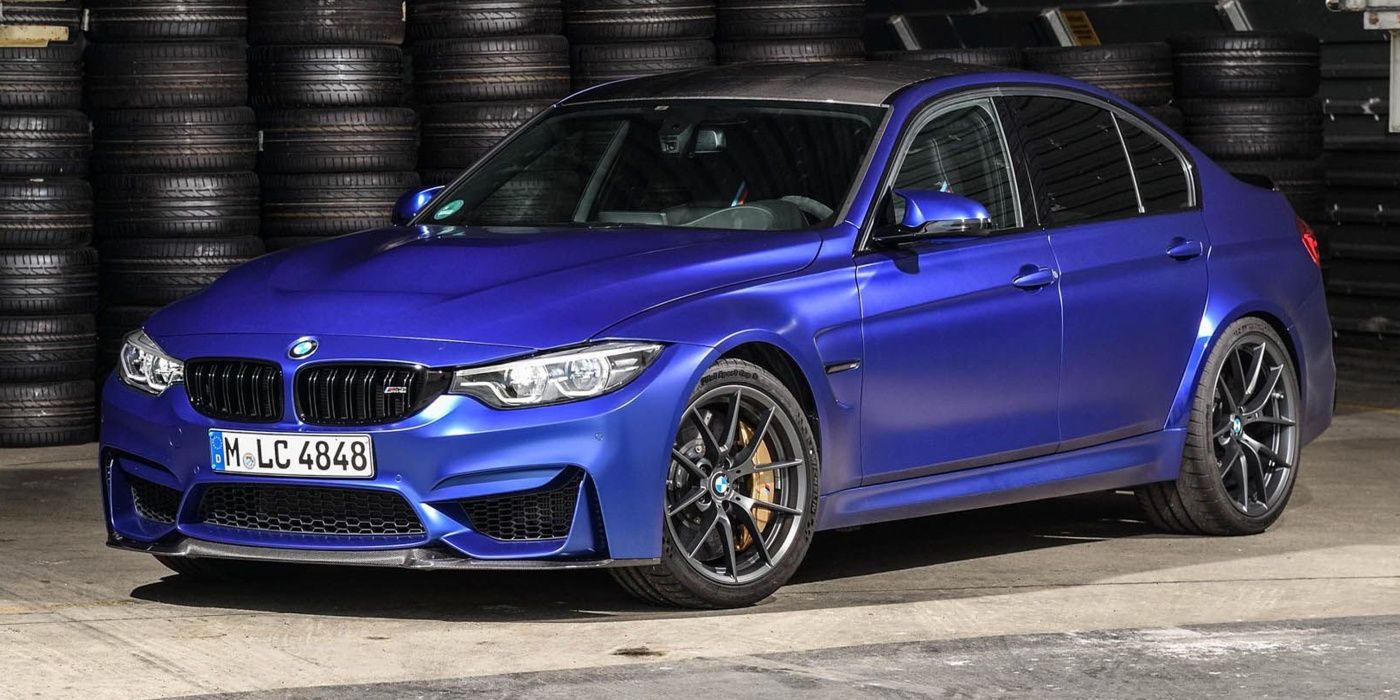Throughout history, automakers came up with some of the most iconic cars ever made. Ford and its Mustang, Toyota and the Supra, and Ferrari with about 95% of its cars, most respectable car manufacturers have at some point released a vehicle that completely transformed the automotive industry. BMW did not fail to revolutionize the industry with its cars.
The BMW M3 E30 can be considered as the very first affordable sports car to ever come out of Germany. In fact, it is one of the most wanted classic BMWs out there. The M3 E30 paved the way for generations of astonishingly engineered M cars. Today, BMW's M-Series needs absolutely no introduction. True gearheads know that the M badge means business.
10 Claus Luthe
Behind every great car is a talented designer. Some of the most famous designers, such as Shiro Nakamura or Sergio Pininfarina, have radically transformed the automotive industry. Though most designers tend to be overshadowed by their creations, they must receive the recognition they deserve.
Claus Luthe designed several legendary cars including the BMW E30. He and his team set the foundations for the BMW M3 E30, which ended up being BMW's most iconic vehicle. There are several little known facts about the BMW 3-Series that car enthusiasts out there should look into. Claus Luthe passed away in 2008 at the age of 75. Thank you for your work, Mr. Luthe.
9 Homologation Model
When looking at most sports cars out there, especially when produced in limited numbers, one must wonder why an automaker would decide to spend so many resources and produce such a limited number of cars. In fact, when looking at the Mustang Boss 429 or the Charger Daytona, the answer is quite clear: homologation.
BMW was set on having a race car competing in Group A racing. However, participating in that series meant to BMW would have to produce at least 5,000 units of the car that would be available to the public. Consequently, BMW took the racing version and toned it done to a more street-friendly sports car. The BMW M3 E30 was born.
8 First M3
While American carmakers were struggling to produce a decent muscle car, European automakers were coming up with some of the sportiest and fastest cars out there. While Mercedes gave Ferrari and Lamborghini something to worry about with its "Hammer," BMW released the M3. The car had every single carmaker wondering what would be next.
The M3 E30 definitely is one of the most loved models from BMW. When BMW Motorsport GmbH released the M 635 CSI, car fans were in awe, but the car was quite pricey and consequently unattainable. However, when it is the very first M3 ever released, the car received all the attention it deserves. It was far cheaper and decently powered for an '80s car.
7 No Inline-Six
BMW's M-Series rhymes with one thing and one thing only: power. From the release of the earlier M-badged vehicles until today, there is not a single BMW M car that simply will not please its drivers. Though it has been debated that newer M cars are nothing like the old ones, no M car owner would trade in their M5 for a Crown Victoria.
Most people tend to believe that BMW's first M cars were all fitted with an inline-six. Though some were, the M3 E30 was originally equipped with a 2.5L BMW S14 inline-four engine. With a power output of 197hp (European version. No catalytic converter installed), the M3 was among some of the smallest and quickest sports cars out there.
6 Lucky Number 7
There is not a single automaker that does not release several versions of the same car. When looking at muscle cars, especially the most popular ones, a wide array of manufacturer-made engines and aesthetics parts are available. BMW adopted the same business model.
BMW Motorsport developed seven versions of the M3 E30. It is unclear whether the number seven was a coincidence or based on a superstitious belief, but what is sure is that BMW developed several limited editions, and even improved its 4-cylinder engine so it would produce 215hp.
5 Special Editions
Something that has been noticed over the years is the constant need for improvement, especially in the automotive industry. As the competition tends to be fierce, it is necessary to always re-think a car in order to always improve its looks and performance. BMW did just that by releasing several special editions of the M3.
The M3 Tour De Corse was sold exclusively by BMW France. With only 200 units ever produced, the car ended being a genuine collectible. Even rarer is the BMW M3 convertible. The car was assembled by hand, and as a result, was produced in extremely limited numbers. Between 1988 and 1991, fewer than 800 units were built.
4 Not Luxurious
Some of the newest sports cars manufactured by BMW are luxurious airport lounges on wheels. With woodgrain finishes and factory-made, leather and Alcantara bucket seats, and premium Harman Kardon sound systems, they are far from being like the very first M cars ever produced.
The BMW M3 E30 is far from being anything like the newer M3s. Its interior is quite bare, despite having leather seats (depending on the options chosen). The reason behind the clear lack of luxurious elements is quite clear. BMW wanted to sell a sports car, not a luxury car. No need for a phone in the center console or a 6-disc CD changer in the trunk.
3 Rare
The issue with legendary cars is that they tend to be extremely rare. Whether it is a Mercedes-Benz Hammer or a Ferrari 250 GTO, finding one for sale may take years, if not decades. As time goes by, most of these cars are simply disappearing. They are either completely run down, or their owners simply refuse to let them go.
Only 17,970 M3 E30 were made between 1986 and 1991. Consequently, finding one can become quite a challenge. Moreover, some owners have decided to transform them and turn them into rocket ships. Purists will agree that it decreases the authenticity of the car, and ultimately its value. True car fans will appreciate driving around in a 500hp M3 E30.
2 Appreciating, Fast
Over the last coupe of years, classic car enthusiasts have seen cars appreciating in value as if it was going out of style. Several muscle cars have passed the $1 million threshold. Thinking about getting a classic European supercar such as the Ferrari 250 GTO? Better start selling little Johnny's kidneys and lungs, and mortgage granny's house. They are simply inaccessible to the average Joe.
It is crucial to remind the readers that the M3 E30 was solely produced for homologation purposes. Therefore, they were produced in very limited numbers. As they paved the way for generations of sports cars, they are looked upon as the queens of M cars. This particular M3 with only 8,000 miles on the odometer sold for $250,000.
1 True Race Car
From the E36 to the F80, BMW always went above and beyond to produce some street-legal coffins on wheels. They are all given some of the best technology available on the market and never fail to give its drivers the adrenaline rush they have been longing for. Needless to say, these overly powered German cars never fail to turn heads.
Some gearheads do not really care about getting attention. Their true motivation is the car itself, not the people's reaction went driving by. Car fans that had the chance to get their hands on an M3 E30 back in the '80s tend to say that the M3 E30 was the only M3 that was a true race car. It is true that modern M cars are filled with electronics, thus decreasing the authenticity of the driving experience.

